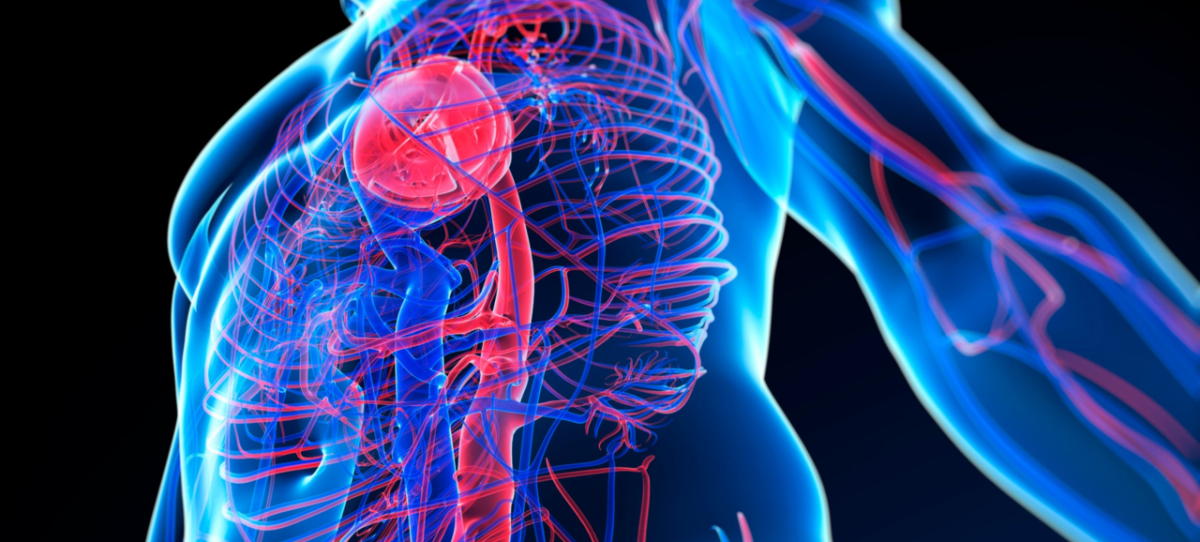
Written by

Angel Rigueras
Pain Management Specialist
Share
Written by

Angel Rigueras
Pain Management Specialist
Follow
Table of content
Related content
Pain is more than just an unpleasant sensation—it’s a crucial signal that something within your body needs attention. Whether the result of trauma, an injury, or an acute medical issue, pain is the body’s way of alerting you to potential harm.
At University Orthopedic Care (UOC), we believe in empowering patients with the knowledge of how pain works so they can better understand their treatment and recovery. Here we will delve into the science behind pain, particularly trauma-induced pain, and how the body processes and responds to it.
Pain is not something to ignore or push aside. It serves as a protective mechanism designed to help you avoid further injury. For instance, a sudden, sharp pain in your knee after a fall is your body’s way of signaling that you may have sustained an injury that needs prompt attention. Pain also plays a key role in the recovery process, encouraging rest and limiting movements that could exacerbate an injury.
When discussing pain, it’s important to understand different aspects of pain, particularly in a clinical setting:
While pain originates in the body, it also affects the mind. The emotional toll of dealing with severe pain, especially following an accident or traumatic event, can heighten the intensity of the pain itself.
It’s not uncommon for patients to feel anxious, frustrated, or fearful when dealing with acute pain, which is why a comprehensive treatment approach is essential.
At UOC, we focus on treating both the physical, behavioral, cognitive and emotional aspects of pain, ensuring a holistic recovery for our patients. Click here for mental health support for pain management.
Pain perception is a complex process, deeply rooted in the body’s nervous system. This system comprises two main components: the central nervous system (CNS) and the peripheral nervous system (PNS). Together, these systems work to detect, transmit, and interpret pain signals, guiding your body’s response to injury.
Nociceptors are specialized nerve endings that detect harmful stimuli, such as an injury or excessive pressure. When these receptors are activated—say, from a fall that injures your knee—they immediately send signals to your spinal cord, which then relays the message to your brain for interpretation.
The brain’s ability to interpret pain relies on a network of regions that assign meaning and emotion to the sensation. The somatosensory cortex identifies where the pain is, the limbic system regulates how you feel about it, and the prefrontal cortex helps you decide how to react.
For example, if you injure your knee in a fall, your brain will quickly assess the severity of the pain and prompt you to either rest, seek medical help, or perform first aid. Understanding this process can help patients better manage their reactions to acute pain.
Emotional Response to Pain
It’s crucial to acknowledge that pain doesn’t just affect the body; it affects the mind. Fear, anxiety, and stress can intensify pain, making recovery more difficult.
That’s why, at UOC, we emphasize comprehensive care, addressing both the physical injury and its behavioral, cognitive and emotional impact on the patient. Click here to UOC’s holistic pain management services.
Reflex Responses
In cases of severe trauma, the body often reacts before the brain has fully processed the pain. This reflex response, such as pulling away from a sharp object, is the body’s immediate effort to protect itself. These reflexes are vital, but they don’t replace the need for medical evaluation and treatment to prevent further injury.

One of the body’s most remarkable features is its ability to produce natural pain relievers—endorphins and neurotransmitters. These chemicals act like your body’s internal pain management system, helping to alleviate the sensation of pain and promote recovery after trauma. While these mechanisms are helpful, injuries often require additional medical intervention to support the body’s healing process.
Gate Control Theory of Pain
This theory suggests that pain signals must pass through “gates” in the spinal cord before reaching the brain. By stimulating other sensory nerves—through techniques like applying ice or pressure—these gates can be partially closed, reducing the intensity of the pain signal. It’s a method commonly used in physical therapy and other treatments we offer here at UOC to help patients manage pain effectively. Click here to UOC’s physical therapy and rehabilitation services.
Pain as an Essential Component of Healing
While pain is uncomfortable, it plays an essential role in recovery. It signals that your body needs time to heal. Following an acute injury—such as a torn ligament or fractured bone—pain encourages rest and limits harmful movements. This natural defense mechanism is key to avoiding further injury, but with proper medical treatment, pain can be managed to allow for mor e active reco very.
Challenges of Trauma-Induced Pain
Pain from trauma—whether it’s the result of a fall, a car accident, or a sports injury—can present unique challenges. Trauma-induced pain often restricts mobility and makes daily activities difficult. Early intervention is crucial to ensure the injury heals correctly. Our approach at UOC is centered on providing timely, effective treatment that helps patients recover faster and with fewer complications. Click here to UOC’s trauma and sports injury services.
Minimally Invasive Treatments for Pain Relief
Pain is a complex but necessary part of the body’s response to injury, particularly in cases of trauma or acute injury. By understanding how the body perceives and processes pain, we can better address it, providing relief while supporting the body’s natural healing processes. At University Orthopedic Care, we are dedicated to offering a wide range of advanced treatments to help our patients manage pain, recover fully, and return to the activities they love.
Related content
